






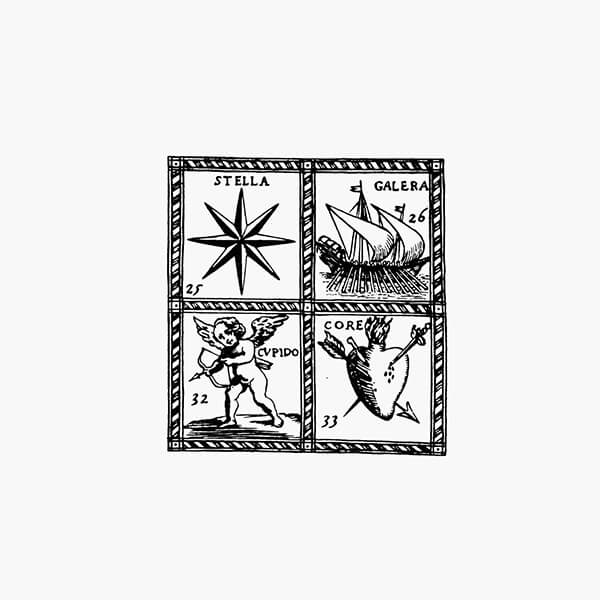








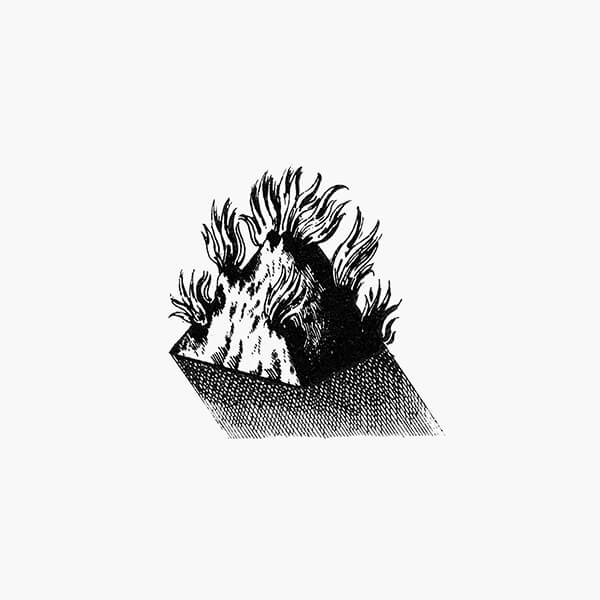



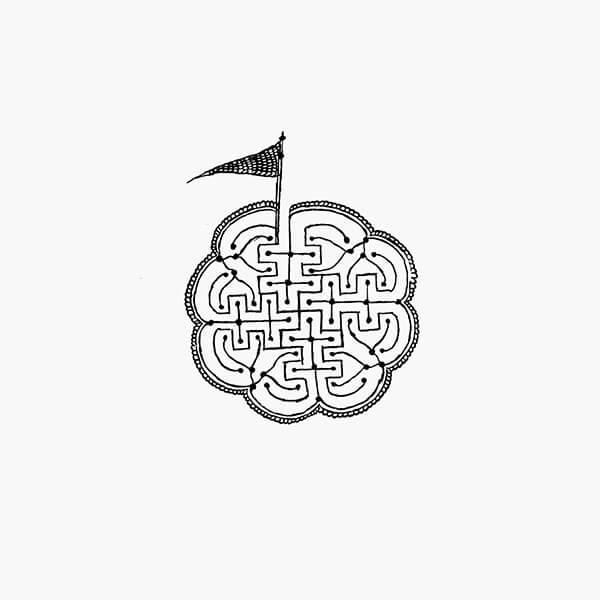

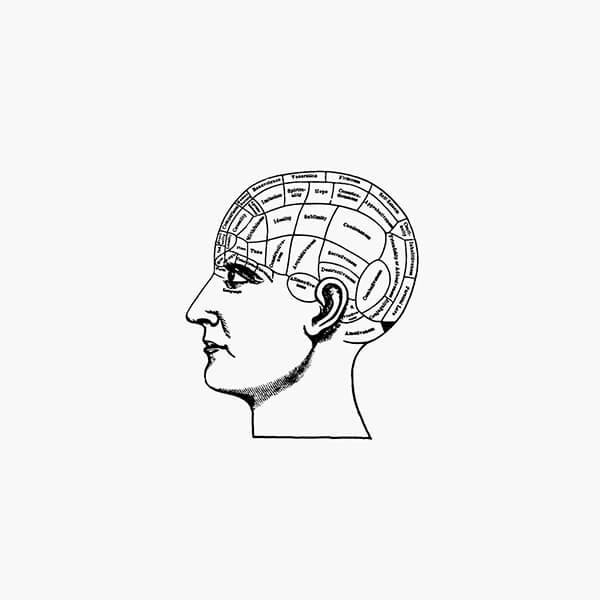

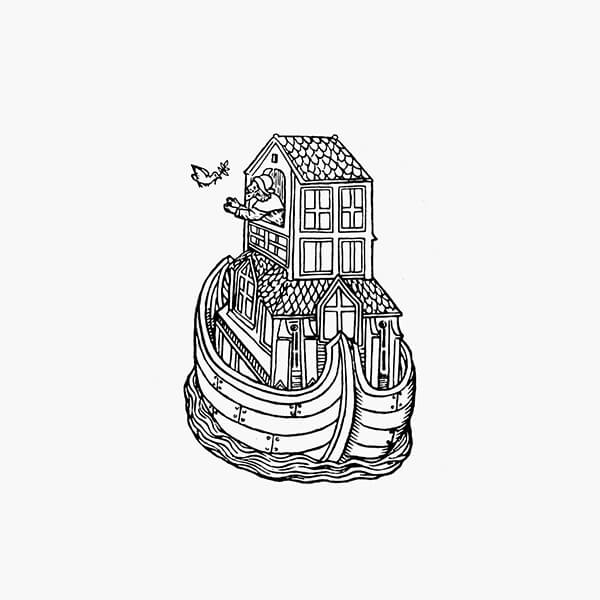


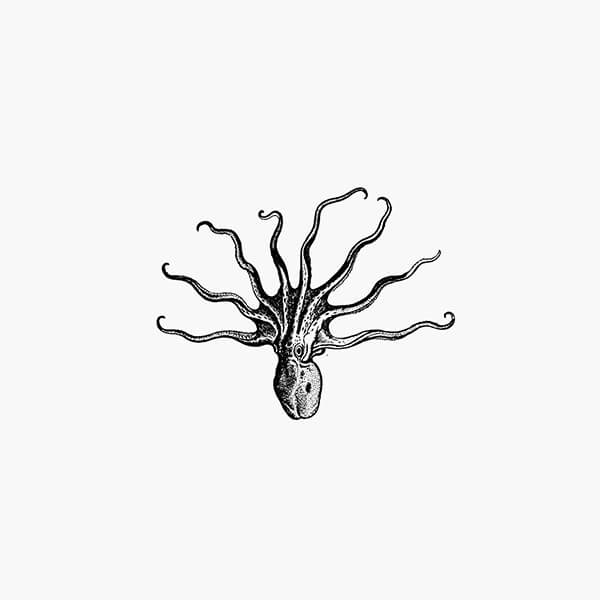
Blue Library
9825 Il nipote di Rameau
Denis Diderot. Introduction by Andrea Calzolari
1973 / 232 PAGES.
Language: Italian
Extolled by Goethe and Hegel, Rameau’s Nephew is the perfect “anti-novel” that expresses the basic contradictions of the middle-class spirit. It is one of the masterpieces by Diderot, an author whom we have taken up again enthusiastically.
Rameau’s Nephew is one of the most intellectually charged and successfully inventive literary works of the entire 18th-century culture. In it, the captivating ease of Diderot’s style helps us forget that what long appeared merely a bold and 18th-century tranche de vie was actually a product exemplifying Enlightenment literature, which called itself “philosophical”. The work is a dialogue between two characters – Moi (“Me”) and Lui (“Him”) – representing the philosopher in his public role and a Bohemian artist who makes a living as a pimp and parasite, respectively. With his cynical reasoning, He skillfully tests the good intentions of the beautiful soul, the materialistic philosopher who entrusts his morality to the precarious resources of moral feeling. Unable to solve this ethical dilemma on a theoretical level, Diderot entrusted his quest to aesthetic representation, juxtaposing two characters and attempting to unravel the thread according to the logic of human behavior.